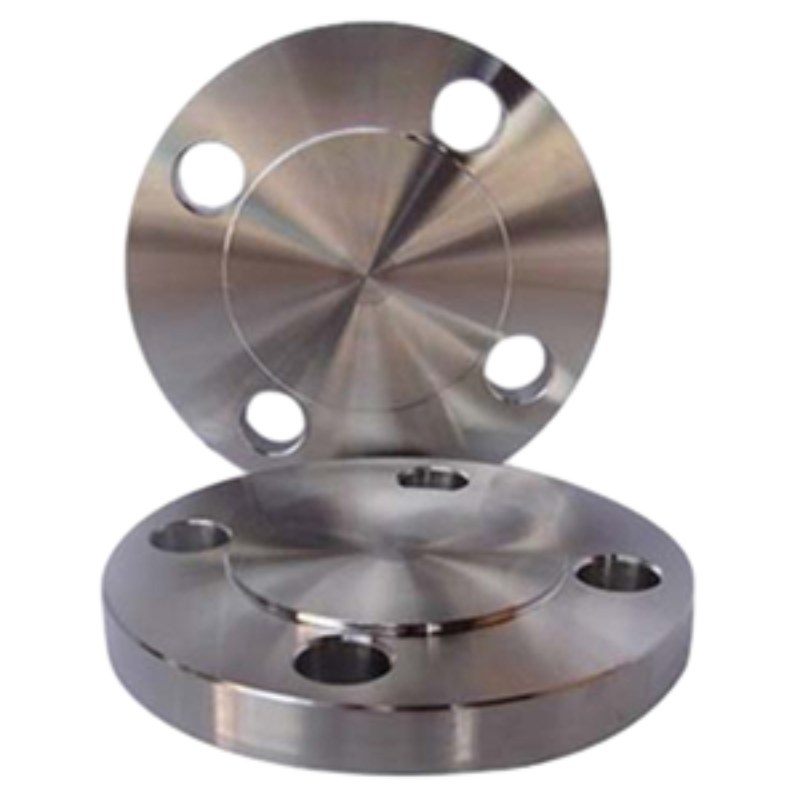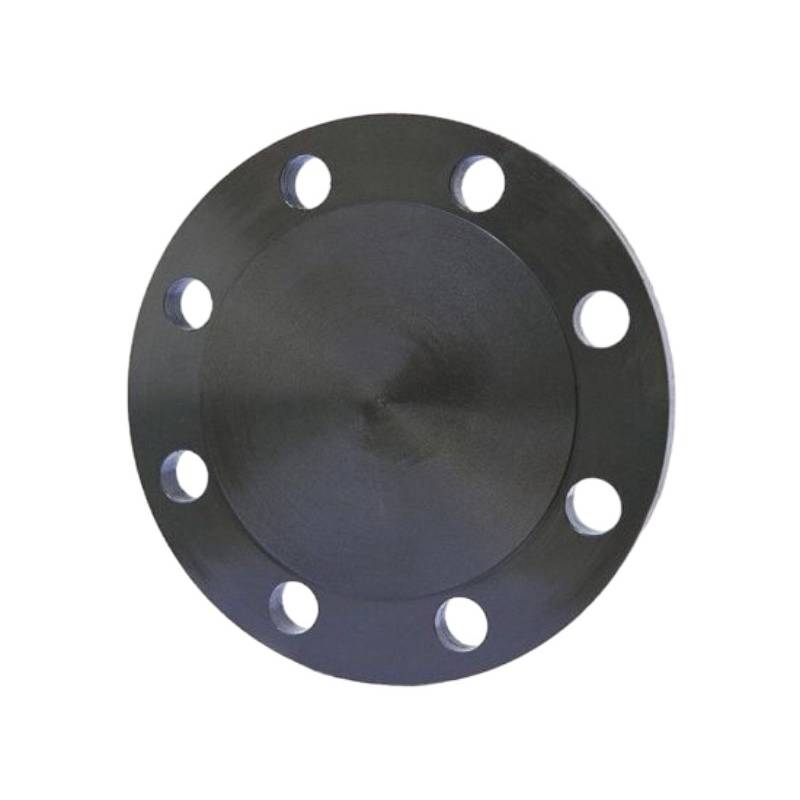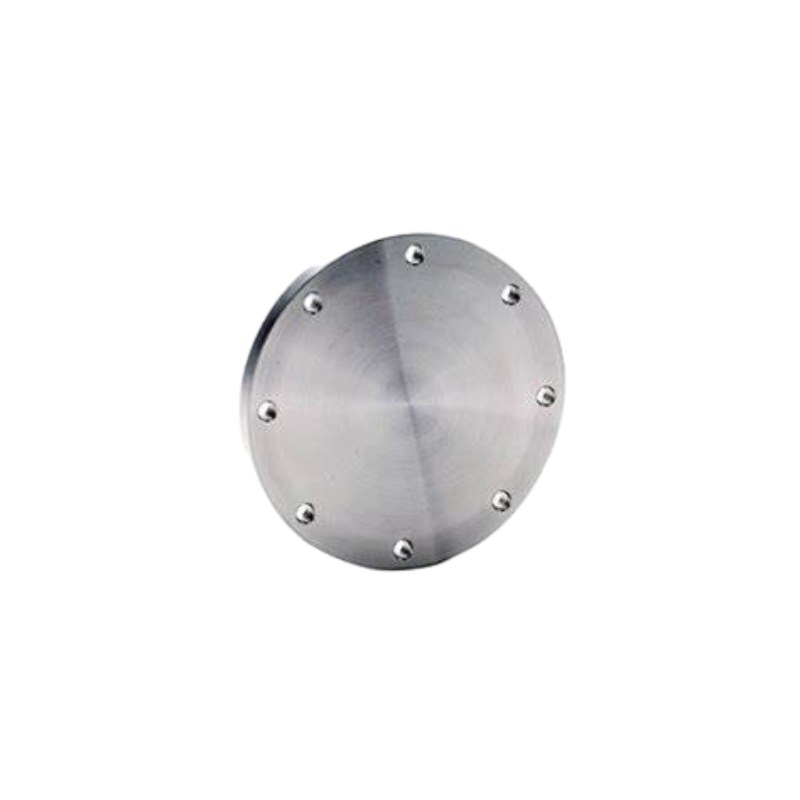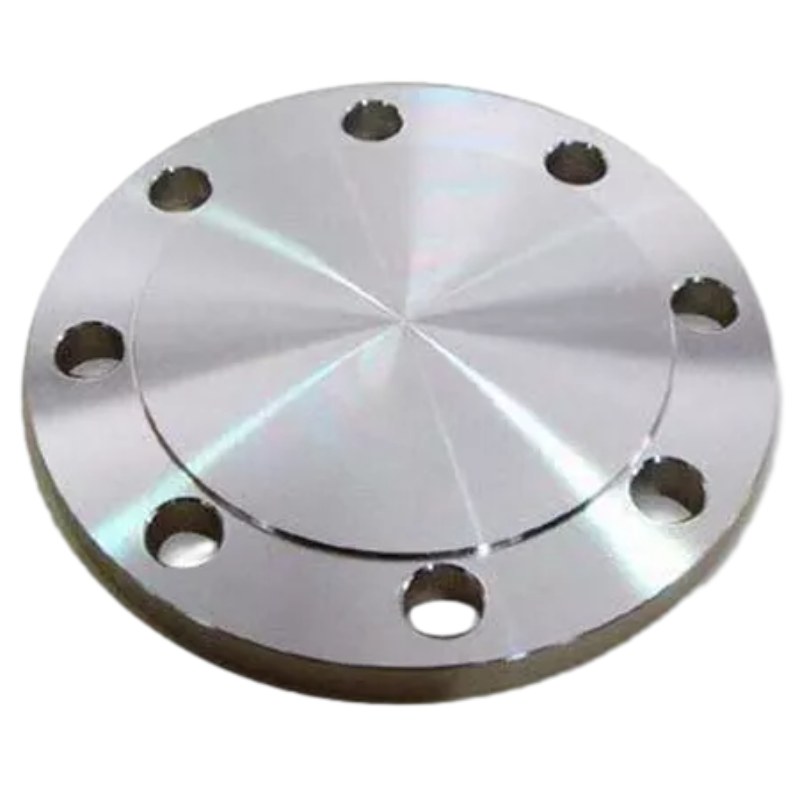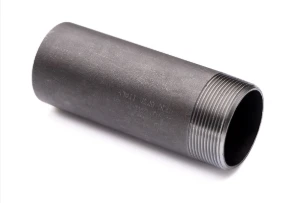-
Design robusto: O flange cego GOST 12836-67 apresenta uma placa plana e circular com furos para parafusos espaçados uniformemente ao redor do perímetro. Este projeto permite fácil alinhamento e aparafusamento ao flange correspondente, proporcionando uma solução de fechamento robusta e estável para sistemas de tubulação.
-
Vedação segura: Quando instalado na extremidade de um tubo, a face plana do flange cego GOST 12836-67 cria uma vedação hermética, evitando vazamento de fluido e mantendo a integridade do sistema de tubulação. Esta capacidade de vedação segura garante desempenho e segurança ideais, mesmo sob condições operacionais extremas.
-
Aplicação versátil: De refinarias de petróleo e gás a plantas de processamento químico e redes de distribuição de água, os flanges cegos GOST 12836-67 encontram aplicação versátil em diversos setores. Quer sejam usados para fins de isolamento, testes de pressão ou fechamentos temporários, esses flanges oferecem confiabilidade e durabilidade em sistemas de tubulação críticos.
-
Construção durável: Construídos com materiais de alta qualidade, como aço carbono, aço inoxidável ou aço-liga, os flanges cegos GOST 12836-67 apresentam resistência e durabilidade excepcionais. Eles são projetados para suportar condições operacionais adversas, incluindo ambientes corrosivos, altas temperaturas e pressão intensa, garantindo desempenho e confiabilidade a longo prazo.
-
Engenharia de precisão: Os flanges cegos GOST 12836-67 passam por processos de usinagem e engenharia de precisão para atender a tolerâncias dimensionais estritas e requisitos de acabamento superficial. Esta precisão garante compatibilidade e intercambialidade com outros flanges padrão, facilitando a integração perfeita em sistemas de tubulação e minimizando o risco de vazamentos ou falhas.
-
Facilidade de instalação: A instalação de flanges cegos GOST 12836-67 é eficiente e direta, exigindo alinhamento simples e parafusamento na extremidade do tubo. Suas dimensões e design padronizados facilitam a integração em redes de tubulação existentes, minimizando o tempo de instalação e os custos de mão de obra.
Características principais:
- Design robusto para fechamento seguro
- Vedação segura com design de face plana
- Aplicação versátil em todos os setores
- Construção durável para desempenho de longo prazo
- Engenharia de precisão para tolerâncias restritas
- Facilidade de instalação com alinhamento e aparafusamento simples
Material Selection for GOST 12836-67 Blind Flanges: What You Need to Know
When it comes to GOST 12836-67 blind flanges, selecting the appropriate material is crucial for ensuring functionality, safety, and longevity in various applications. GOST standards, established by the Euro-Asian Council for Standardization, Metrology and Certification, guide the specification of materials to maintain the integrity of piping systems.
Key Considerations for Material Selection:
1. Corrosion Resistance: One of the primary factors in choosing a material for GOST blind flanges is its ability to resist corrosion. Stainless steel (such as 304, and 316) is a popular choice due to its excellent resistance to oxidizing environments. For applications involving aggressive chemicals, alloys like Inconel or Monel are often considered.
2. Pressure and Temperature Rating: GOST blind flanges need to be rated for the specific pressure and temperature conditions they will face. Material selection must align with the service conditions to avoid failure. For high-pressure applications, carbon steel flanges can be suitable, provided they are properly treated or coated.
3. Weldability and Machinability: Depending on installation requirements, the selected material should offer appropriate weldability and machinability. If modifications or on-site fabrication are necessary, choosing materials that can be easily welded is essential.
4. Standards Compliance: Ensure that the materials selected comply with all relevant GOST standards. This not only guarantees quality but also maintains compatibility within the piping system.
5. Cost-effectiveness: While material selection should prioritize performance and safety, cost considerations also play a significant role, especially in large-scale projects. Finding a balance between budget and quality is essential.
Differences Between GOST 12836-67 Blind Flange and Other Flange Standards
When comparing the GOST 12836-67 blind flange with other padrões de flange, several key differences emerge that reflect the unique characteristics and applications of the Russian standard. The GOST (Gosudarstvennyy Standart) system is a set of regulations and guidelines that govern various industrial products, including blind flanges, which are used to seal off piping systems.
One of the primary differences lies in the dimension and pressure rating classifications. GOST 12836-67 blind flanges are specifically designed according to Russian specifications, with dimensions that may differ significantly from those outlined in ANSI, ASME, or ISO standards. For instance, while ANSI/ASME flanges are typically categorized into nominal pipe sizes (NPS) and pressure classes, GOST flanges feature a unique set of sizes and pressure ratings, making it essential for engineers to select the appropriate type based on regional standards.
Another notable difference is the material composition. The GOST standard emphasizes the use of specific materials that are suited for the harsh Russian climate and industrial requirements. While common materials such as carbon steel and stainless steel are also used in other standards, GOST may specify additional material grades to accommodate unique environmental challenges, including extreme temperatures and corrosive conditions.
Additionally, the manufacturing and testing processes for GOST 12836-67 blind flanges are subject to local industry regulations, which might include stricter quality assurance protocols compared to other international standards. This ensures that the flanges not only meet dimensional specifications but also effectively withstand the pressures and temperatures expected in typical applications within Russia.
In summary, while GOST 12836-67 blind flanges share similarities with other flange standards, their unique dimensions, material requirements, and quality assurance processes set them apart. Understanding these differences is crucial for engineers and designers when selecting flanges for specific applications in diverse geographical locations.







